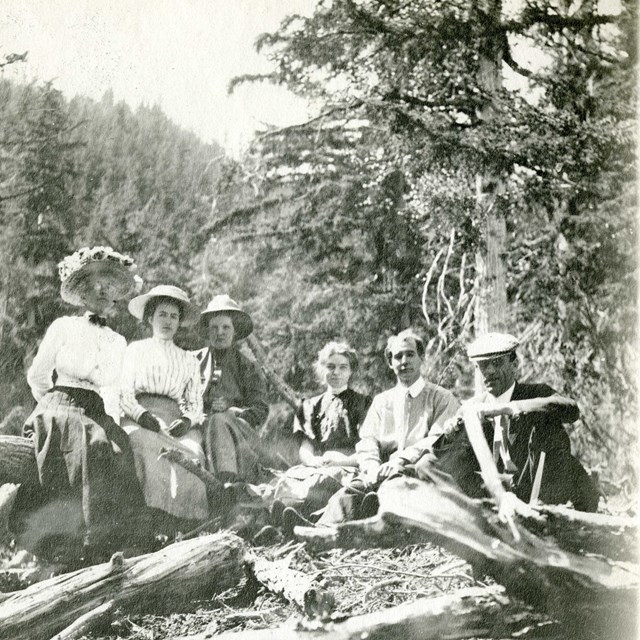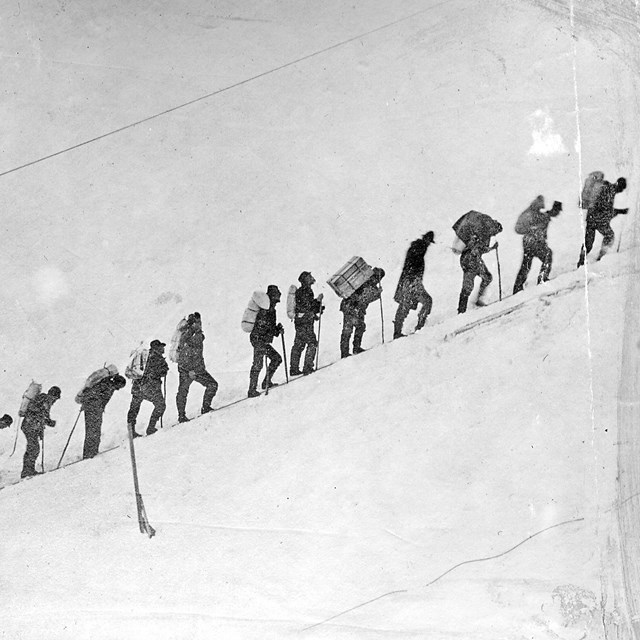|
The Klondike Gold Rush is full of fascinating stories showing us the scale of this human drama. We have learned about stampeder experience from thousands of historic artifacts, photographs, journal accounts, published memoirs, and archeological discoveries. Dive into history to
|
Last updated: February 10, 2020





